Wahbememe Burial Site and Monument
A memorial to the Potawatomi chief who allegedly ran nearly 150 miles to alert settlers of an impending attack.
Potawatomi Chief Wahbememe (White Pigeon) was one of the signers of the 1795 Treaty of Greenville. Among other things, this treaty allowed unfettered access to Great Lakes forts within the future state of Michigan by the United States.
Chief Wahbememe was friendly toward the newly arriving white settlers. During the War of 1812, when the Potawatomi allied with the British, he reportedly served as a messenger between local Potawatomi bands and Main Poc and Tecumseh.
According to a local story, while attending a gathering of chiefs in Detroit around 1830, Wahbememe overheard plans to attack the settlement of White Pigeon. To alert the settlers, he ran nearly the entire way, without rest, to the community from Detroit—a distance of approximately 150 miles. They say the chief collapsed after warning the settlers and died shortly thereafter from exhaustion. To honor the chief’s sacrifice, the settlers named their village—the oldest in the state—and the surrounding township after Chief White Pigeon (Wahbememe).
This story, although commemorated on the monument, is unlikely to be true, as Wahbememe’s grave already existed when White Pigeon was first settled. This handsome roadside park contains the chief’s burial site and memorial. The monument is eight feet tall, comprising a granite boulder supported by a concrete base.
Know Before You Go
Within the surrounding park are other memorials for those from the White Pigeon area who fought in the United States Civil War and other overseas conflicts. The park is at the northwest corner of U.S. 12 and U.S. 131.

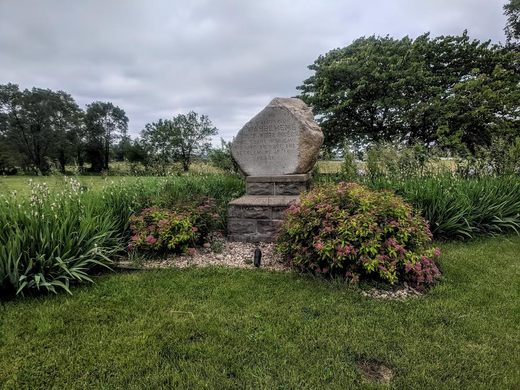
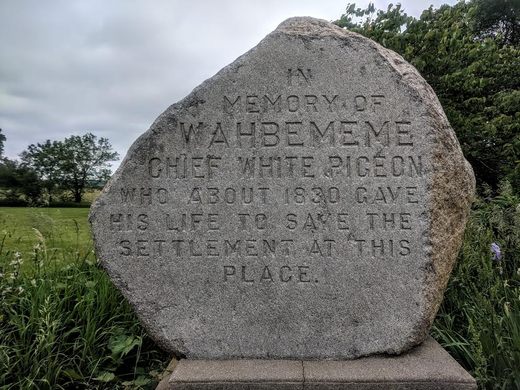

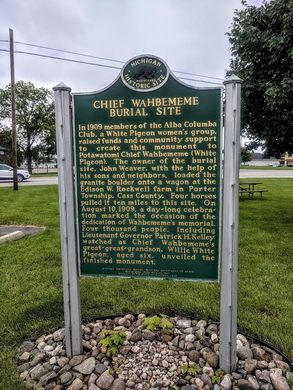
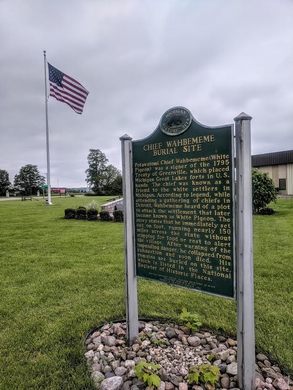
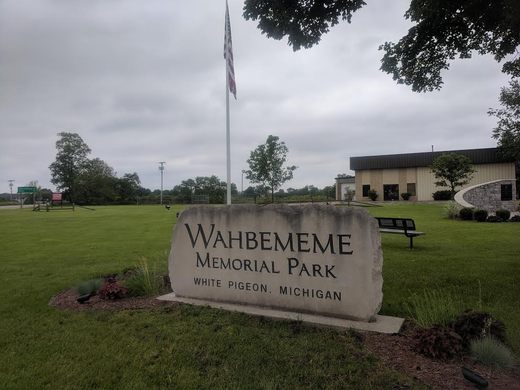






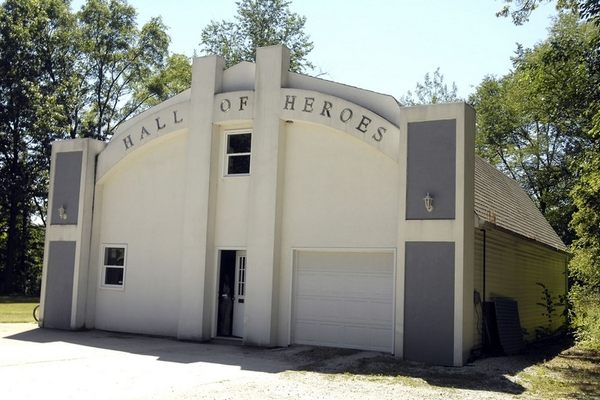
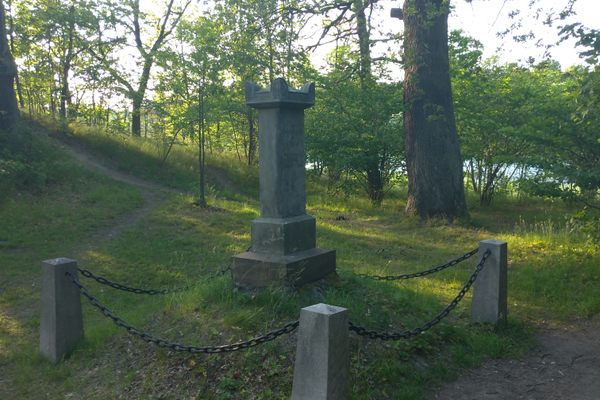




Follow us on Twitter to get the latest on the world's hidden wonders.
Like us on Facebook to get the latest on the world's hidden wonders.
Follow us on Twitter Like us on Facebook